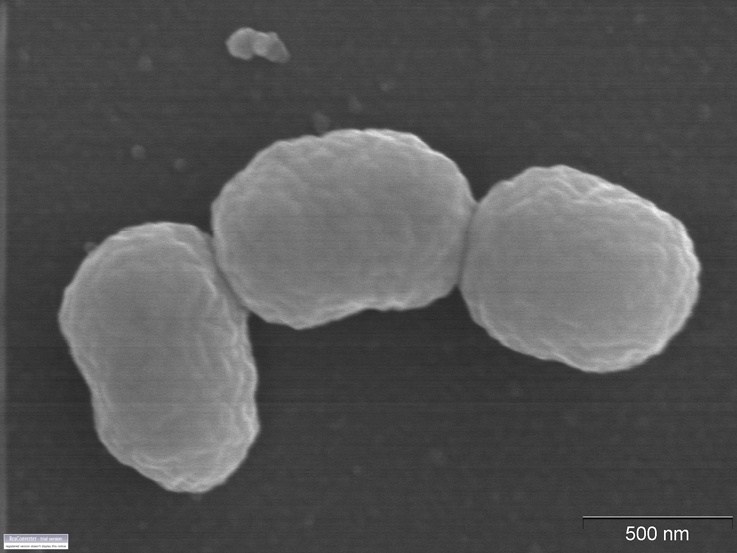The genus Burkholderia consists of some 35 bacterial species, most of which are soil saprophytes and phytopathogens that occupy a wide range of environmental niches. Several of these species, referred to as the Burkholderia cepacia complex (Bcc), are characterized by unusually high inter-species DNA-DNA hybridization values. Species within this group are further distinguished by being opportunistic human pathogens, particularly problematic in persons with cystic fibrosis (CF). Among these species, Burkholderia cenocepacia is both widely distributed in the environment and accounts for most human infections. B. cenocepacia strain MC0-3 was recovered from soil associated with certain maize roots (i.e., maize rhizosphere) at a density of 100 to 1,000 cells per g (A. Ramette et al. unpublished), in Michigan State University research field, Michigan, USA in August 2004. Although the species is known to occur in soil and plant surfaces, the natural population abundance and isolation frequency have been found to be rather low, as compared to other Bcc species. In that respect, the main environmental reservoirs of B. cenocepacia have not been yet identified. Life on plant surfaces and soil implies that this species must have developed ways (e.g. oxygenases, dioxygenases, hydrogenases) to deal with aromatic compounds produced by the host plant, and might produce secondary metabolites to compete with other microbes for space and nutrients. Therefore, the availability of the genome sequence of a prevalent B. cenocepacia strain originating from plant root surfaces will enable a comparison of the genetic makeup of strains coming from contrasting habitats such as clinical and natural environments. This will also offer resolution at the sub-species level, which is needed to better understand the ecology and evolution of the Burkholderiacaea . Using Multi-Locus Sequence Typing, strain MC0-3 was placed as B. cenocepacia group III-B under the sequencing type ST-281 (A. Baldwin, unpublished). As compared with other B. cenocepacia strains, the genetic background of MC0-3 revealed that it may be a "true" environmental strain because no similar allelic diversity has been identified in any of the clinical B. cenocepacia strains so far examined. Interestingly, in addition to be potentially classified as an opportunistic human pathogen, strain MC0-3 was also shown to display water-soaking activity in onion pathogenicity tests, but neither maceration nor chlorosis symptoms (J. Jacobs et al., unpublished). No nitrogen fixation capabilities were evidenced (J. J. Pena-Cabriales, unpublished). B. ambifaria MC0-3 has been deposited at the American Type Culture Collection, the Belgium Bacterial Collection as LMG 24308 (Laboratorium voor Microbiologie Gent, Universiteit Gent, Ghent), and is also known under the designation BCC1210 in other collections (Esh Mahenthiralingam, Cardiff University, Wales, UK). |
||
|
||
Burkholderia cenocepacia MC0-3

